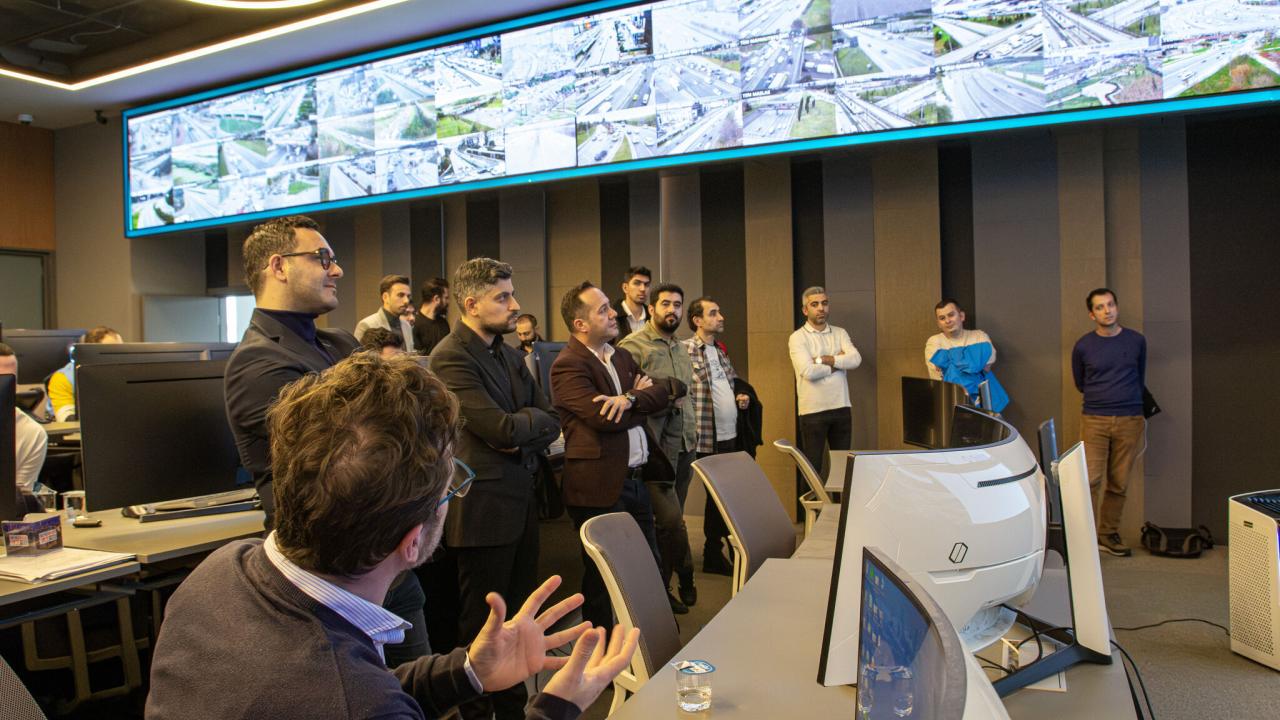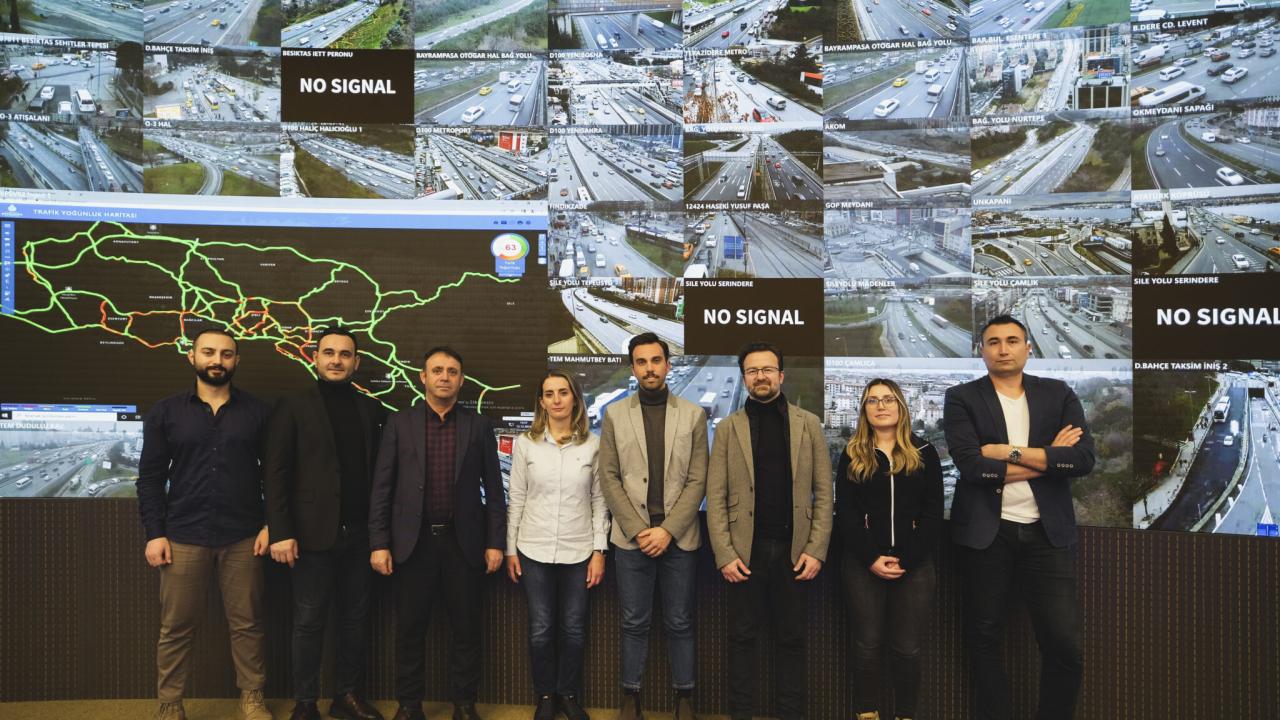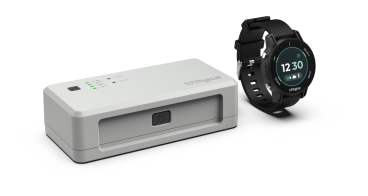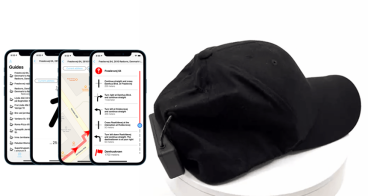Tackling intersection congestion using AI in Istanbul and Helsinki

The Challenge
Intersections play an important environmental, economic and social role in urban environments but also create bottlenecks prone to fatal accidents. Around 20,000 people die annually in accidents on European roads, about 40% of which occur in cities and 50% at intersections.
These figures highlight the demand for smarter, safer intersection management systems. Having the capacity to detect abnormal situations in a timely manner is essential in staging the appropriate interventions to minimise accident risks and congestion.
In Istanbul, with a population of 18 million people making 34 million trips per day, 97,354 traffic accidents were recorded in 2024 resulting in an estimated annual loss of 105 hours due to congestion. Despite having the highest traffic congestion levels in Europe, much of the city’s traffic monitoring is done manually; traffic operators need to watch over cameras and traffic intensity maps to detect abnormal situations, otherwise relying on calls from citizens reporting incidents.
In Helsinki, Europe’s busiest passenger port, the Jätkäsaari district is an island with only one main entrance, creating a bottleneck with the arrival and departure of ferries unloading the equivalent of 250 trucks and 150 cars at a given time, creating congestion at a series of intersections which are already prioritised to accommodate public transport.
The Solution
The AI4LIFE project aims to respond to these challenges by building an integrated AI-based smart intersection management system that will automise the detection of abnormal situations and warn operators of potential issues before they escalate.
The project aims to tackle congestion, thereby lowering carbon emissions, as well as reducing accidents and increase the quality of life of citizens by reducing time spent in traffic.
During the pilot in Istanbul, ISBAK, the municipal company of Istanbul, provided the internet of things (IoT) infrastructure and an innovative adaptive signalised intersection management system, while Kentyou, an innovative award-winning startup, brought its interoperable AI-driven data platform and a tool for visualisation and decision-making support. The Helsinki pilot mirrored the project in Istanbul, but on a smaller scale.
Instead of using several tools at once – traffic monitoring, data analysis, camera surveillance, events, impact monitoring, etc. – traffic operators can focus on using one main tool that provides all these functionalities.
Kentyou’s user-friendly dashboard for visualising traffic patterns, detecting congestion, and identifying safety risks enables proactive decision-making. This dashboard helped traffic operators in Istanbul and Helsinki identify and address issues before they escalated.
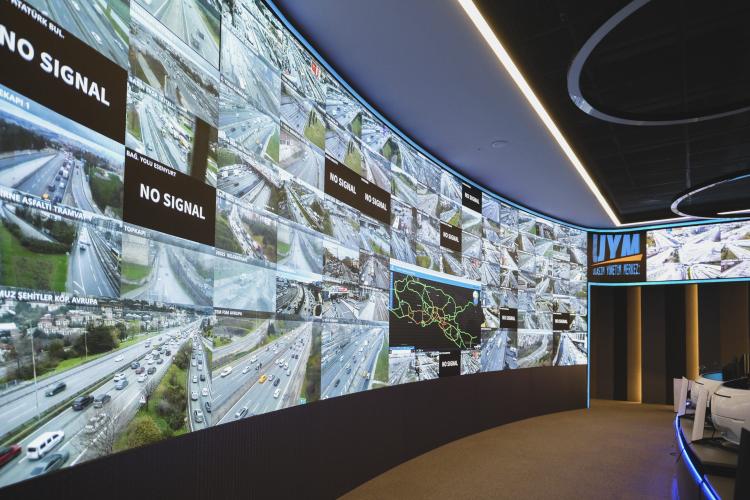
Making an impact
The modular and plug and play architecture enabled Kentyou to connect to existing city infrastructure in just one day in Istanbul, and two days in Helsinki.
In Istanbul, the pilot focussed on four major intersections, integrating over 1,000 diverse data sources, including cameras, sensors, mobile apps, and open-data platforms to monitor over 150,000 vehicles per day. In Helsinki 15 intersections were chosen for analysis, integrating data from TomTom, sensors and traffic signals.
Central to the project’s success was the Kentyou Eye hypervisor, a cutting-edge solution that gathers insights from the multitude of integrated data sources, providing comprehensive analytics visualisation and decision support capabilities, enabling city planners and traffic managers to make informed, real-time decisions.
By harnessing the power of advanced AI and machine learning algorithms, the system was able to predict traffic patterns, optimise signal timings, and proactively address potential safety hazards, thereby improving traffic flow and reducing accident risks.

Lessons learnt
The pilot studies in Istanbul and Helsinki demonstrate the AI4LIFE system’s capabilities. The insights gained from these pilots will be invaluable in refining the technology and developing robust commercial strategies for widespread adoption.
Thanks to the scalable and replicable architecture, the project is now monitoring 300 intersections in Istanbul, tracking over 1 million vehicles per day, providing actionable insights for city authorities.
Further pilots will showcase the effectiveness of the integrated solutions in diverse urban environments, laying the groundwork for scaling the technology across Europe and beyond.



